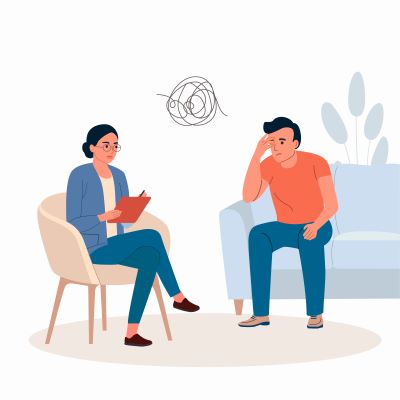
February 7, 2024
Elizabeth DuPont Spencer LCSW-C
and
Jill M. Emanuele, PhD - ADAA Board Member
and
Michelle Patriquin, PhD, ABPP - ADAA Board Member
and
Steve Strakowski, MD - ADAA Journal Editor-in-Chief, Ex-officio Board Member
and
Join us February 7th for a free (for all), live Q&A partnership between ADAA and Psi Chi, where we connect students and early career professionals with seasoned mental health professionals.















